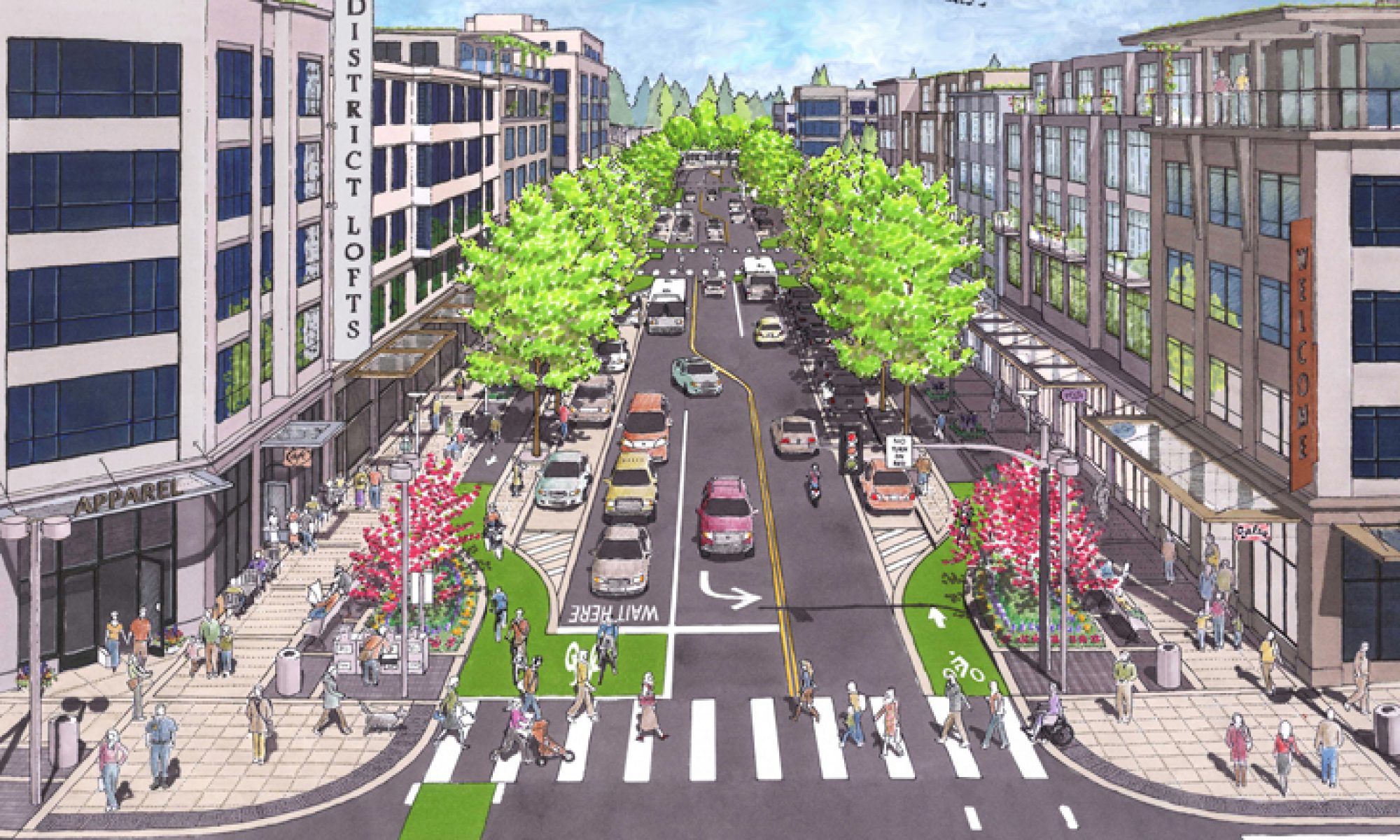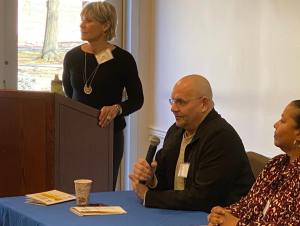After the Covid-19 pandemic is over will Americans will acknowledge that fewer motorized vehicles on the road had a great effect on the environment and human health? Will we change behaviors and opt to drive smaller vehicles, and drive less? It remains to be seen, but “… these preliminary numbers demonstrate that this global health disaster is an opportunity to assess – which aspects of modern life are absolutely necessary, and what positive changes might be possible if we change our habits on a global scale.”
Using the Tropomi instrument on the Copernicus Sentinel-5P satellite, images taken from 1 January to 11 March 2020 showed nitrogen dioxide dropping dramatically. See the amazing video.

 JACINTA BOWLER 17 MARCH 2020
JACINTA BOWLER 17 MARCH 2020
The COVID-19 pandemic is getting more overwhelming by the day, with increasing lockdowns, a death toll of more than 7,000 people across the world, and a direct hit to the global economy.
But if there’s a sliver of good news, it’s about how the spread of the new coronavirus has been decreasing air pollution, and possibly even saving lives in the process.
Back on March 8, Stanford University environmental resource economist Marshall Burke did some back-of-the-envelope calculations about the recent air pollution drop over parts of China and potential lives saved, posting it on a global food, environment and economic dynamics blog, G-FEED.
The situation has continued to unfold since then, so those numbers won’t stay current for long; but according to Burke, even conservatively, it’s very likely that the lives saved locally from the reduction in pollution exceed COVID-19 deaths in China.
“Given the huge amount of evidence that breathing dirty air contributes heavily to premature mortality, a natural – if admittedly strange – question is whether the lives saved from this reduction in pollution caused by economic disruption from COVID-19 exceeds the death toll from the virus itself,” Burke writes.
“Even under very conservative assumptions, I think the answer is a clear ‘yes’.”
Read about it:
https://www.sciencealert.com/here-s-what-covid-19-is-doing-to-our-pollution-levels



















